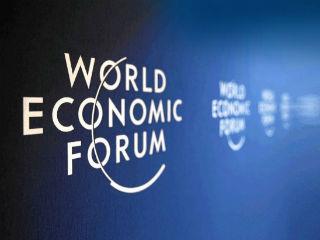Someone (like me!) visiting the MWC for the first time, with no preconceived ideas, might well find themselves wondering why is it called MOBILE World Congress. The variety of industries, applications, activities on display in Barcelona makes the overarching theme open to interpretation.

Searching the past you can find out that MWC has had several identity changes as it has evolved over the years.
by
N. Peter Kramer
Searching the past you can find out that MWC has had
several identity changes as it has evolved over the years. In the 90’s it was
known as GSM World Congress, reflecting a strict technology alignment. With the
arrival of UMTS it became 3GSM World Congress in 2001. Six years later, when
mobile operators worldwide signalled their intent to converge on a singular
cellular standard for 4G, it was given the name it still has: Mobile World
Congress.
These changes follow a narrative of expansion and
inclusivity. UMTS brought with it brand new operators with no 2G legacy, hence
the subtle but important addition of that ‘3’. The end of a far more
significant industry was reflected in the next change, as the sometimes
bitterly opposed GSM and CDMA camps laid down their arms on common ground of
LTE. With each new technology came more options and more operators.
Is 2015 the time for another change? MWC is no longer
an event that deals exclusively in ‘mobile’. ‘Connectivity World Congress’ may
be worth considering. It maintains a link to event’s roots while continuing to
address the broader mix of underlying technologies that can be harnessed to
give smartphone users the connectivity they seek. Specifically it would create
the right environment for the meaningful integration of Wi-Fi into the
connectivity service that mobile operators provide. Succesful mobile operators
will be the ones that dispense with technology-aligned thinking and offer
connectivity first.
At the beginning of this article I was talking about
the evolution of the illustrious event now called Mobile World Congress. I am
told that one of its original purposes was to facilitate the establishment of
international roaming agreements between operators so that their customers
could have the same experience moving from one network to another. A lot has changed since then, the show’s name
included. But the challenge of
continuity remains!
This
article is the fourth in a series for EBR webdossier ‘Digital, data and the day
after tomorrow’. The next article: ‘Net
neutrality, EU- or US way?’ will follow in a few days.




 By: N. Peter Kramer
By: N. Peter Kramer
